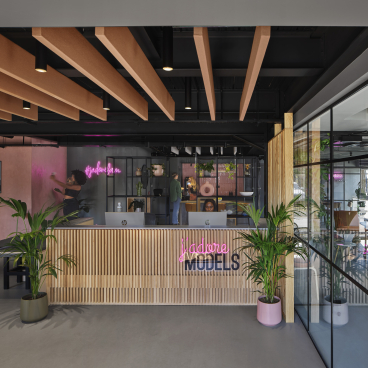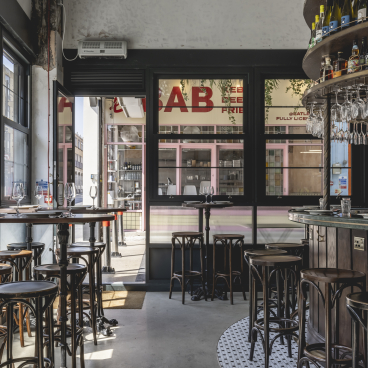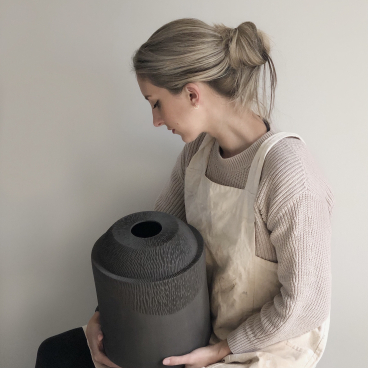align designs workplace with low embodied carbon for The Economist Group.
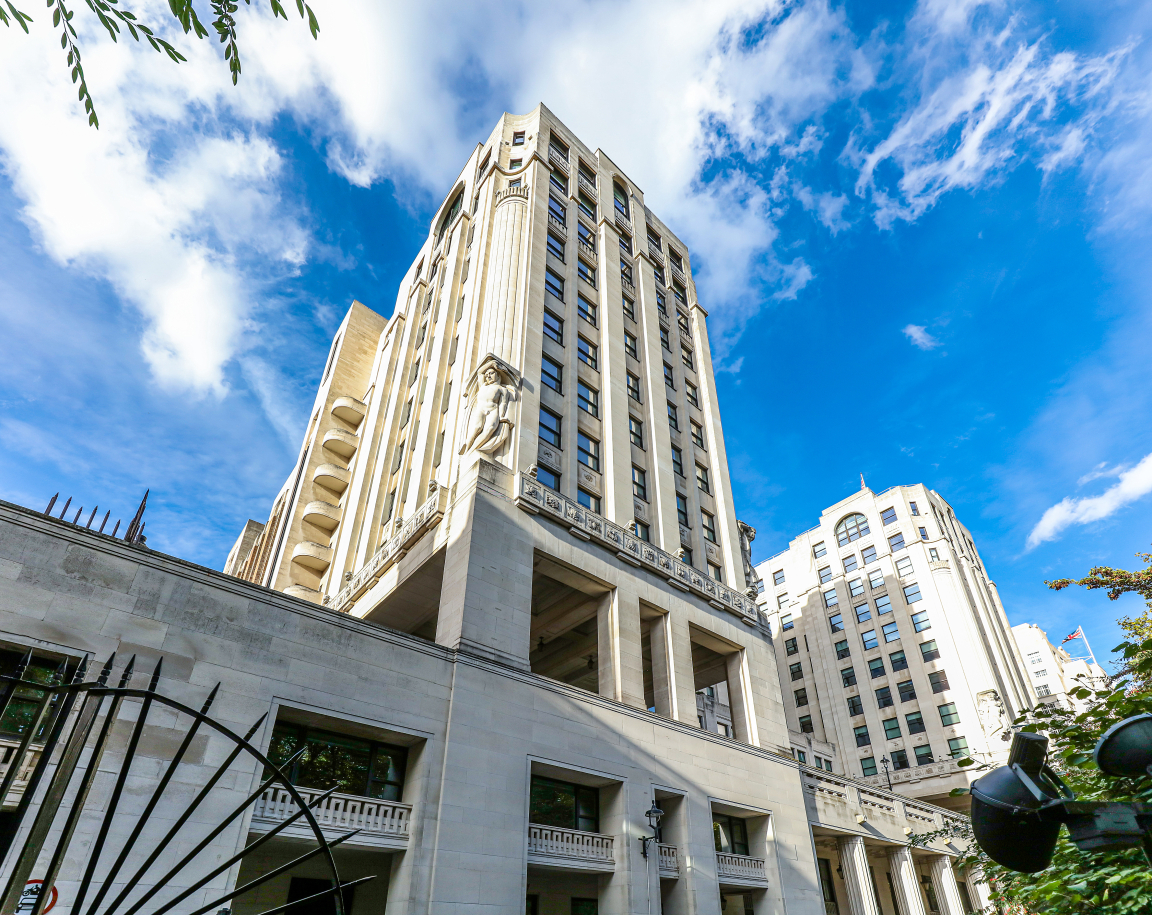
Credit: Gary Britton
align has completed the design of a 25,000 sq ft space on the 4th floor of the Adelphi Building on John Adam Street in London’s west end for The Economist Group, enabling all the group’s London staff to be integrated into the same office.
Whilst The Economist newspaper’s editorial team first moved to the John Adam Street building five years ago, its commercial teams and the group’s other businesses - around 530 people in total, incorporating job functions from events, marketing, editorial and legal to HR, technology and finance, as well as the group’s charitable educational foundation - continued to be housed in a separate office in Canary Wharf.
The opportunity to integrate the teams came about partly because of the pandemic - and the subsequent openness to new and different ways of working - and partly because the previous tenant of the 4th floor space decided to move out. The only potential issue with the move was that the new floorplate at the Adelphi Building was almost 20,000 sq ft less than that of the existing Canary Wharf offices. A period of concentrated consultation and testing followed therefore, in order to ensure the new office would accommodate a hybrid working scenario, which had been piloted in Canary Wharf.
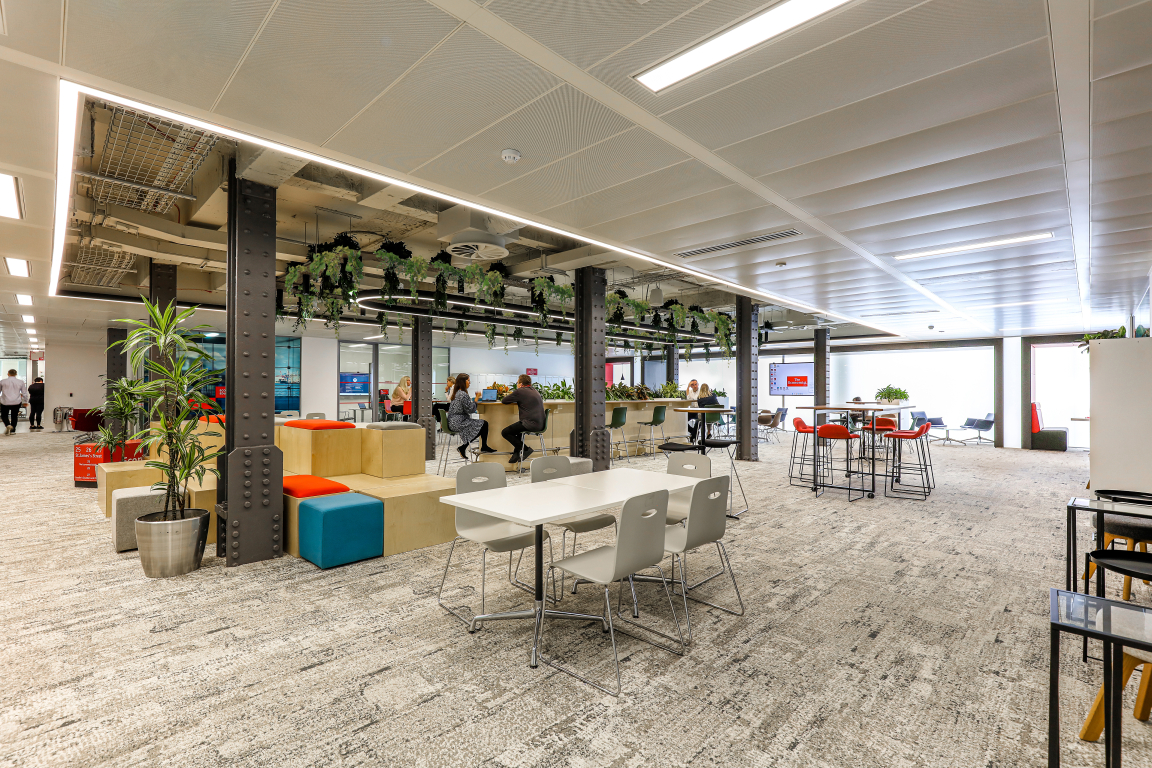
Credit: Gary Britton
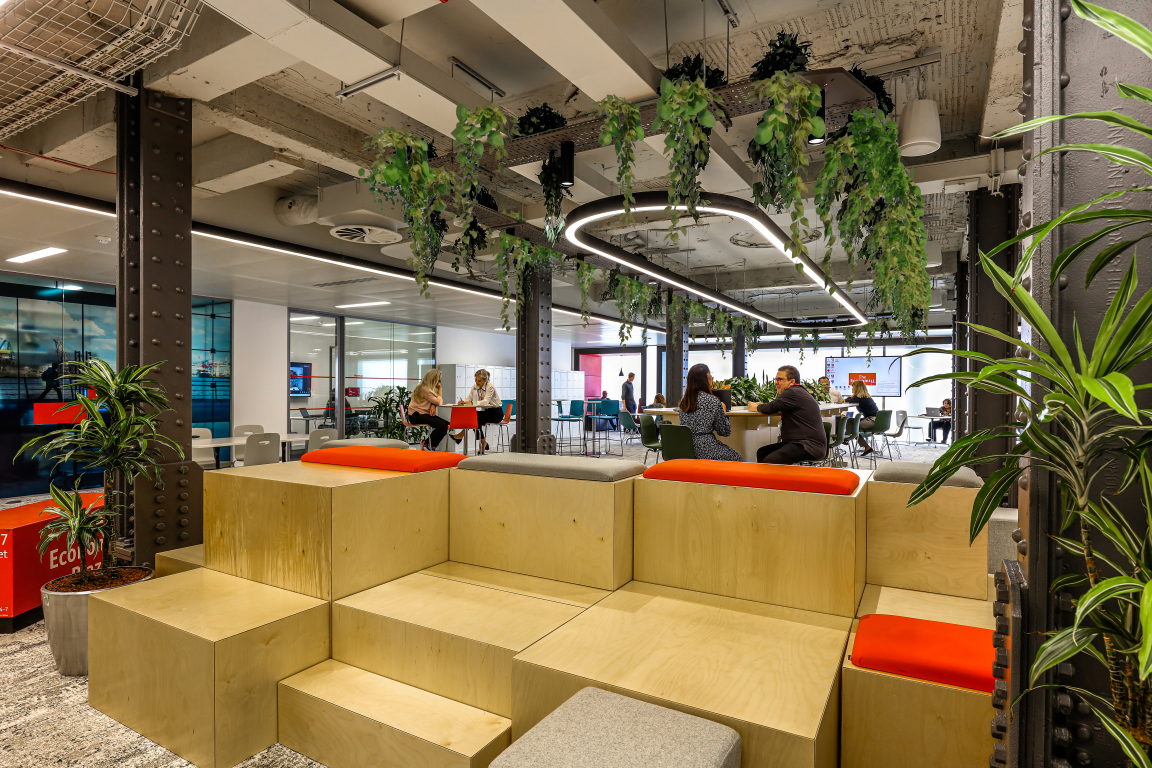
Credit: Gary Britton
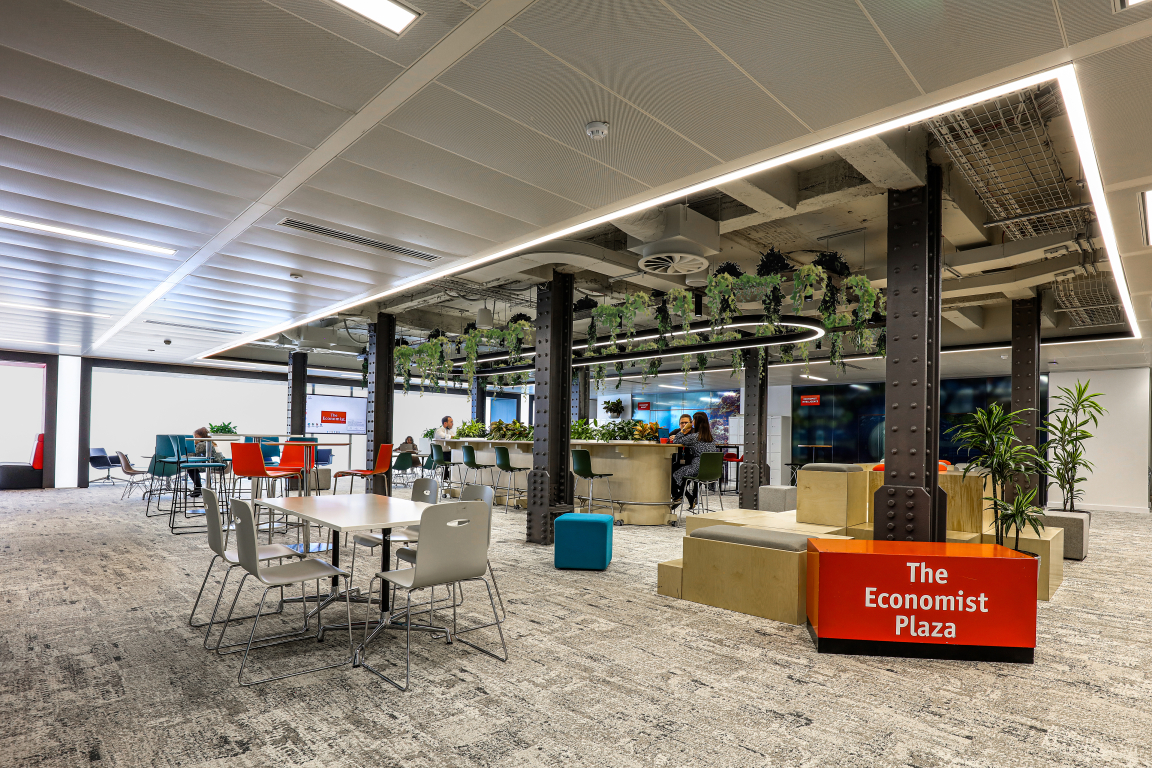
Credit: Gary Britton
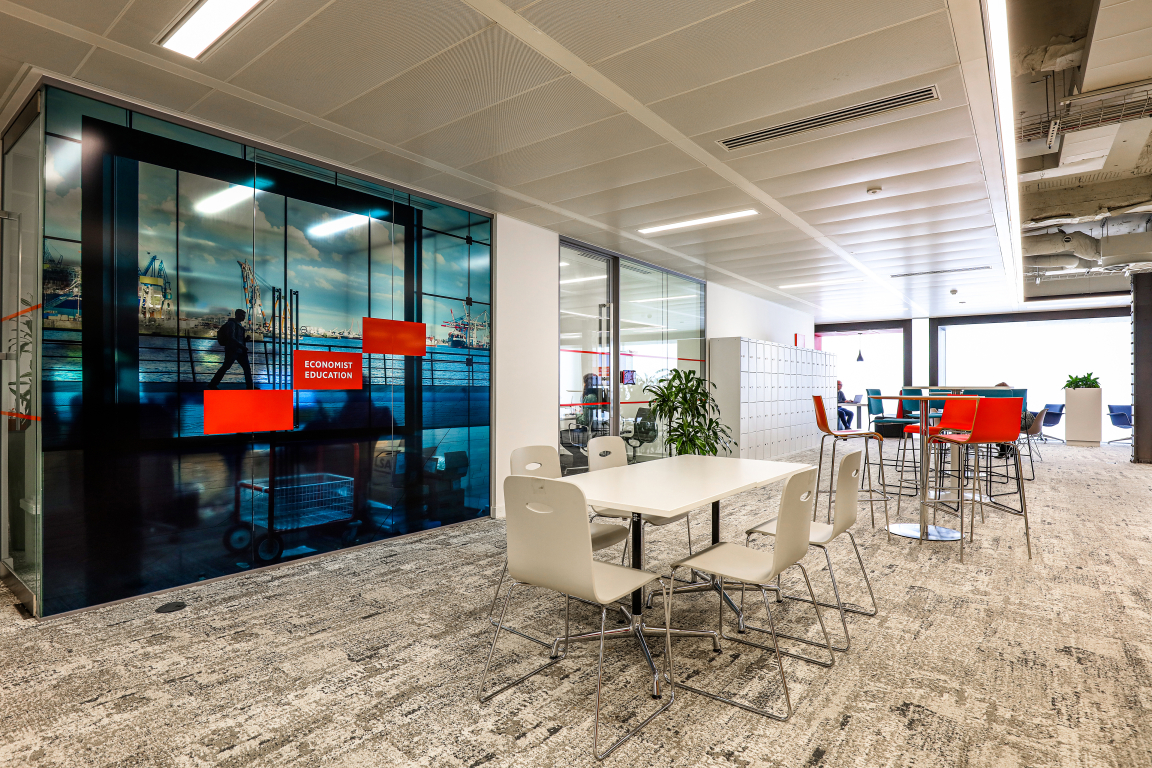
Credit: Gary Britton
“The Canary Wharf set-up was very much a traditional fixed-desk office”, align director Nigel Tresise explained. “The emptying of the office over various lockdowns enabled a trial to be undertaken for a new way of working over a 5-6 month period, with the floorplate reconfigured to match the size of the John Adam Street space. Agile working principles, neighbourhood desking and meeting zones, as well as breakout areas for colleagues, were all introduced. The leadership team was consulted extensively about the new set-up and the depth of preferences for hybrid working. The Economist CEO insisted on undergoing this trial period with great wisdom, because this move entailed a radical change, both in terms of location and new working practices. The team had to be onside for it to work – and luckily that’s exactly what happened.”
Once the new location and the hybrid/agile set-up had been approved, the next element of the project came into clear focus, which was to make the integration an exemplar scheme in terms of re-engineering and circularity.
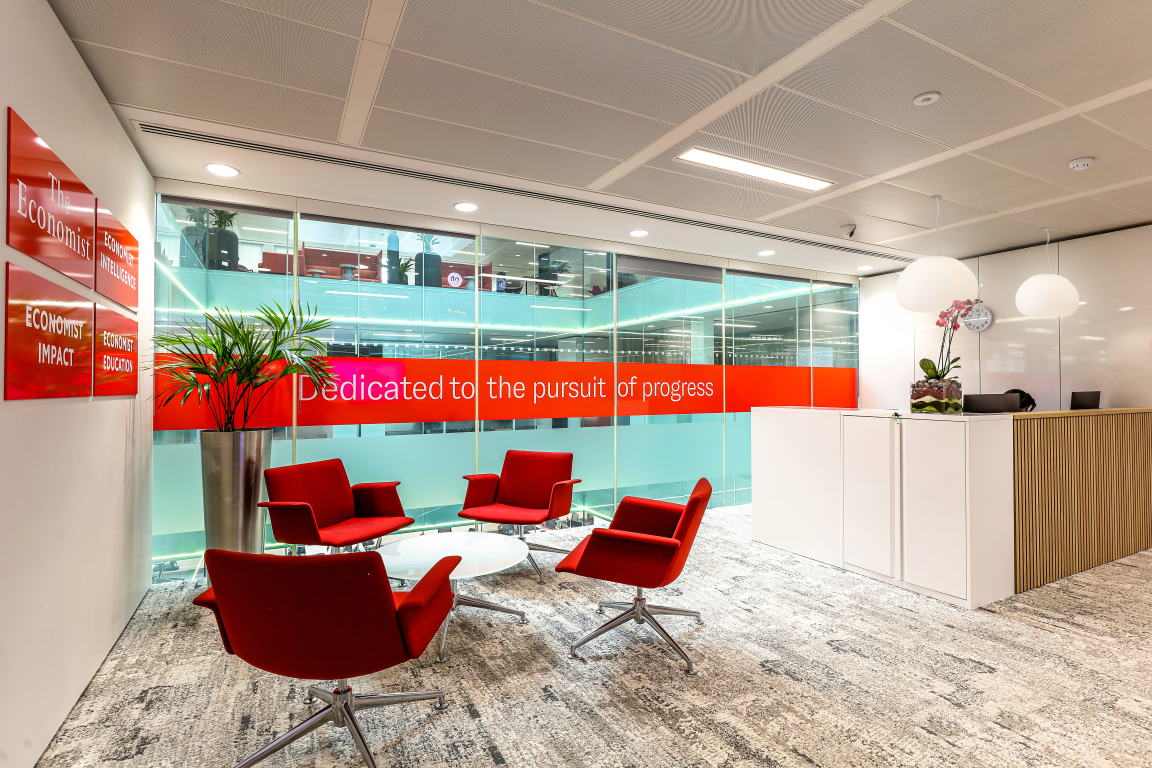
Credit: Gary Britton
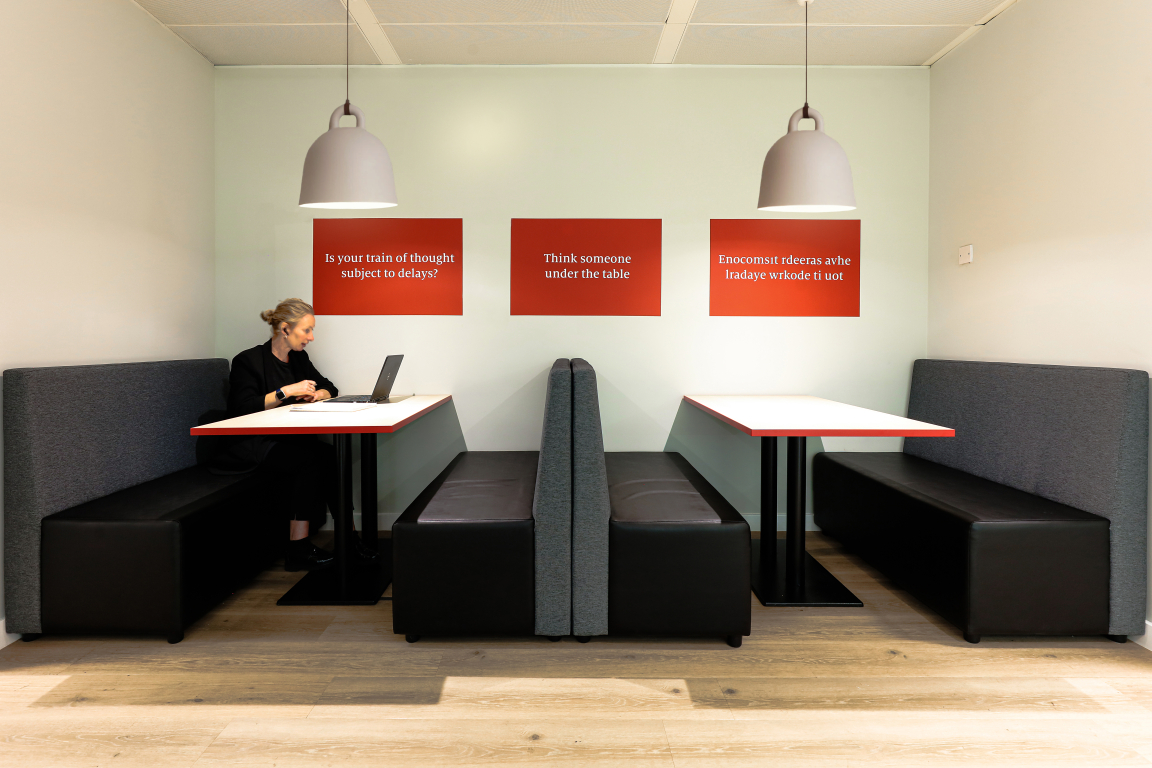
Credit: Gary Britton
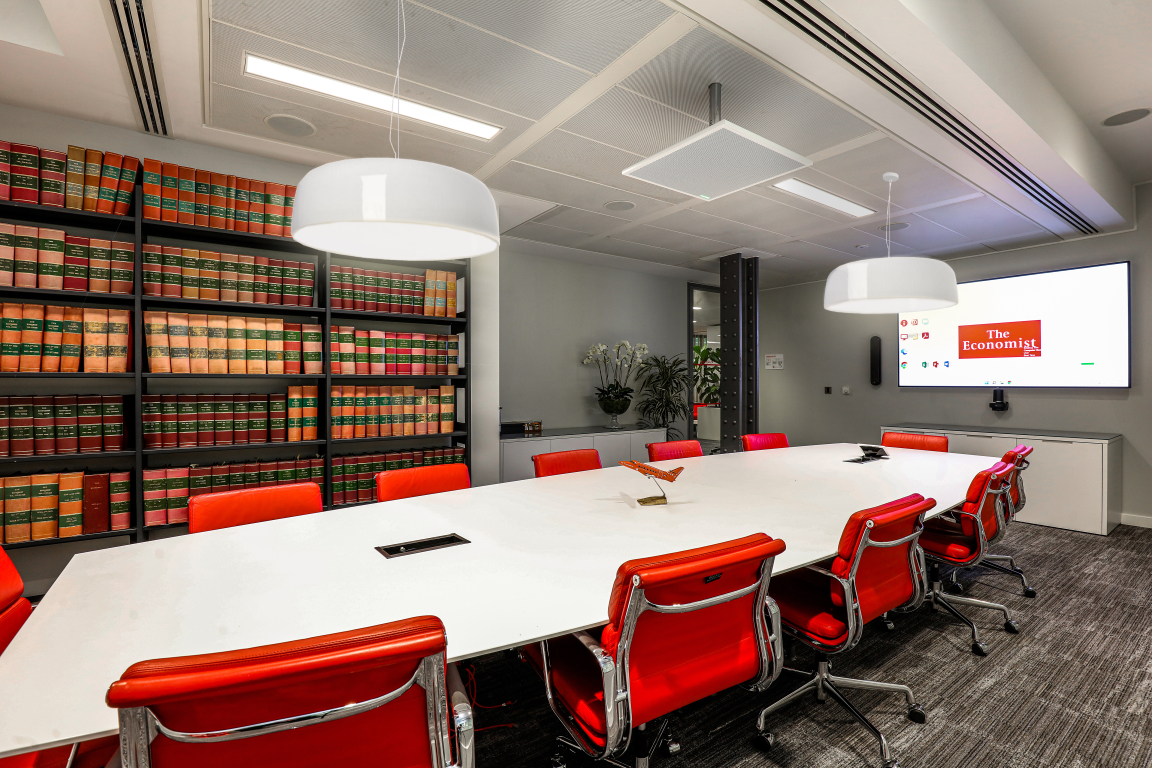
Credit: Gary Britton
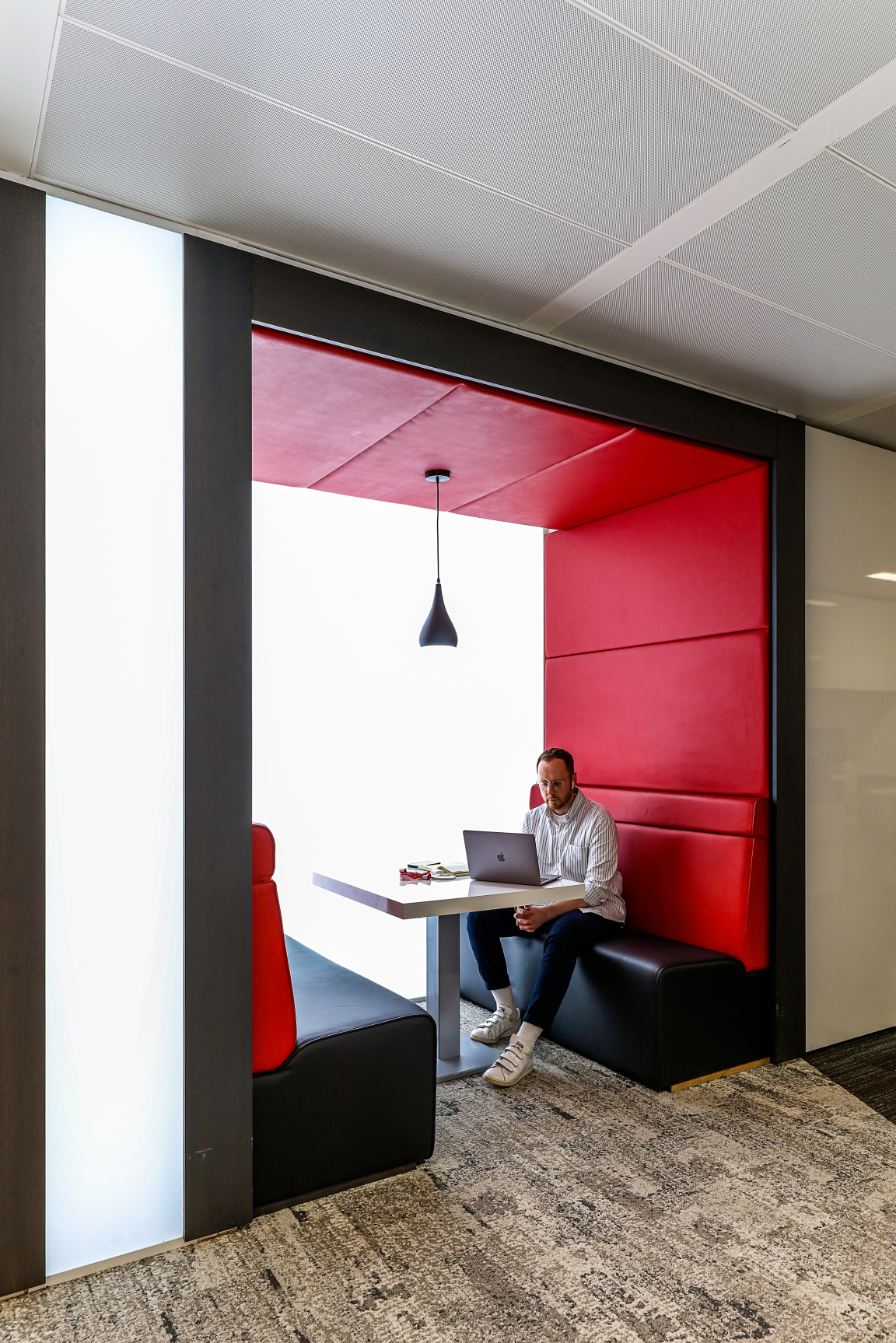
Credit: Gary Britton
“align are members of the Sustainable Design Collective and are dedicated to carbon reduction in all our projects”, Nigel Tresise commented. ‘We also have a dedicated Sustainability Researcher on our internal team, so this directive was music to our ears. The approach ended up being so successful that we reduced the embodied carbon of the project by a massive 82% when compared to a traditional procurement route.”
The design ethos was all about minimum intervention with maximum impact. The team at align were faced with a major logistical challenge when it came to furnishing the new office space, however, with not only a huge inventory of inherited furniture to work with from The Economist Group’s own Canary Wharf offices but from the previous John Adam Street tenant too, who’d chosen to leave all furniture and desking in situ. There was also scope for new furniture, but not only did the designers have to choose judiciously in terms of what worked functionally, as well as considering furniture that could be made to work with re-upholstery, but they had to ensure that the entirety also worked aesthetically not only within its own parameters on the 4th floor, but with the existing Economist Group editorial offices – a directive achieved through a clear visual and material connection and through the eventual choice of finishes.
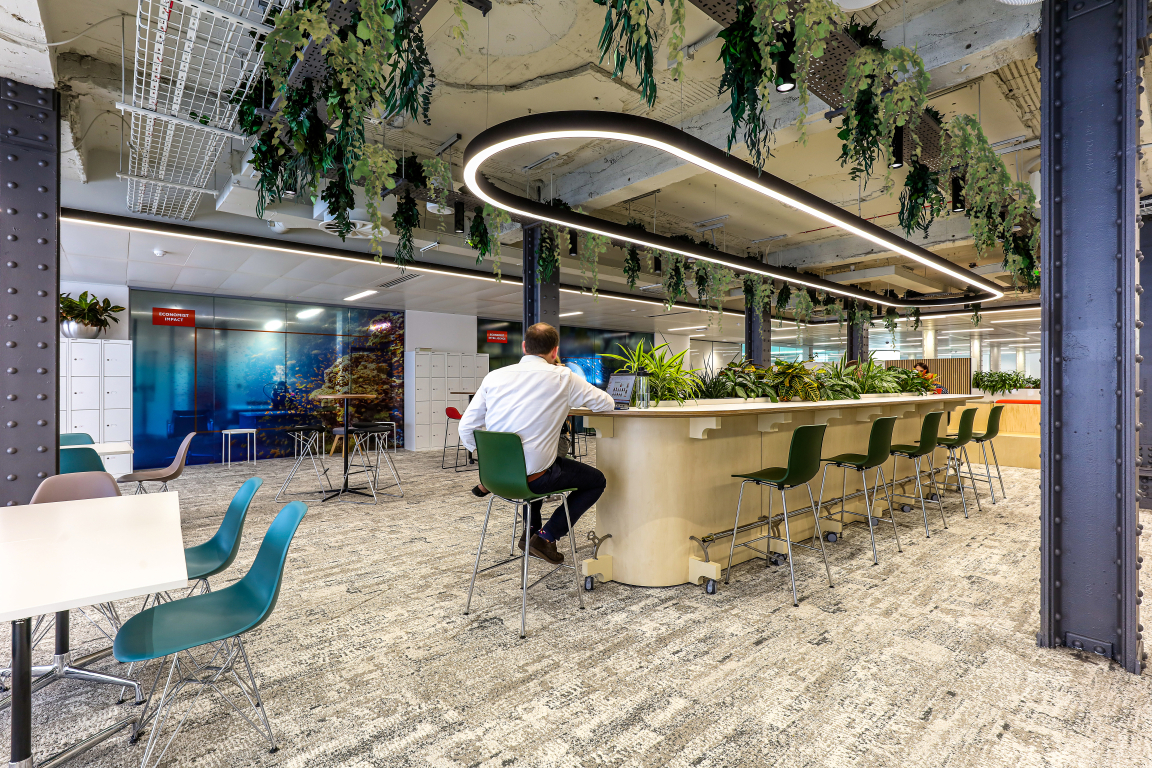
Credit: Gary Britton
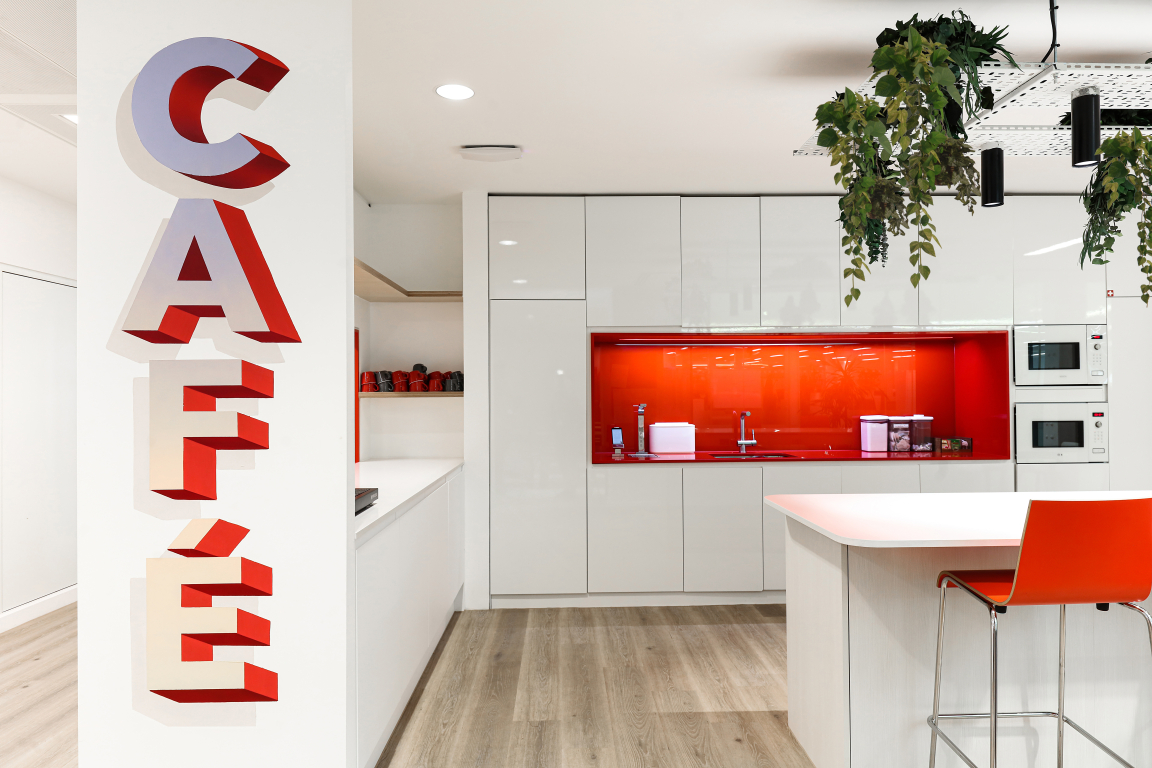
Credit: Gary Britton
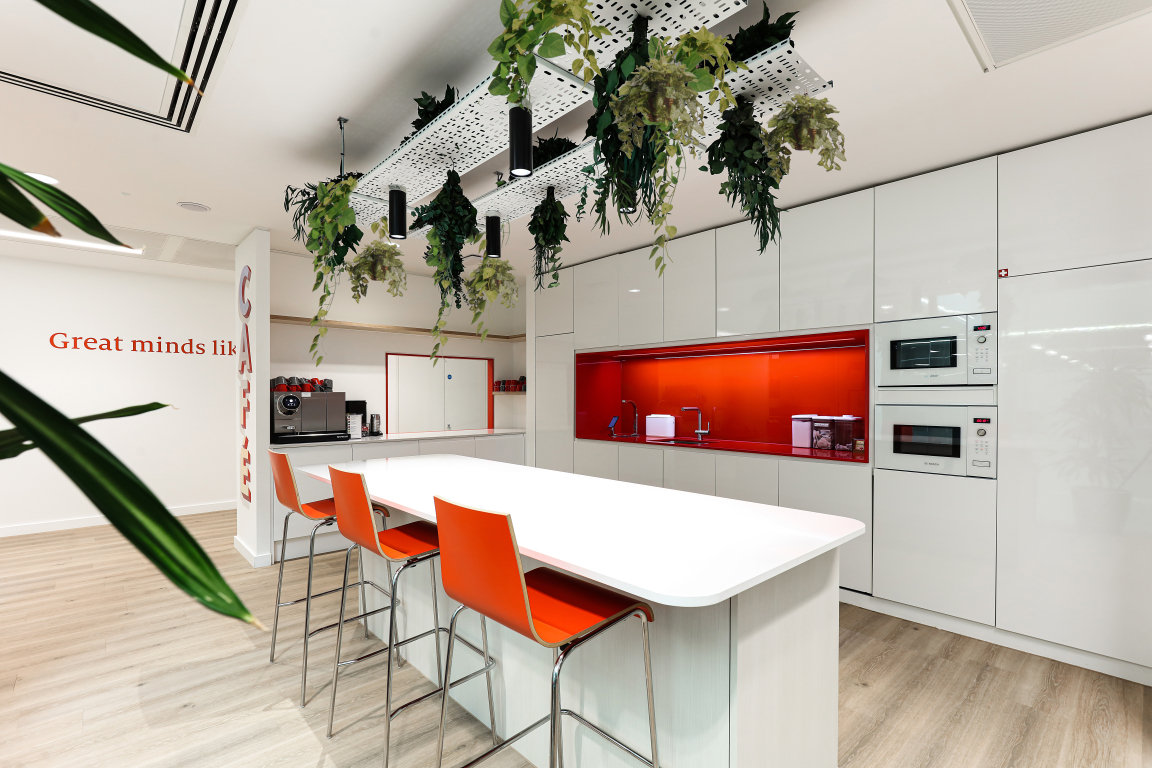
Credit: Gary Britton
“In the end”, align Associate Haroulla Georgiou commented, “the vast majority of the furniture we selected for the new scheme consisted of existing furniture from either the previous tenant or from The Economist Group’s previous offices. The re-upholstery route was particularly relevant to the new scheme’s sofas and armchairs, whilst the brand-new elements were those that fulfilled the most modern working practices. These included phone booths, booth seating, bleachers and breakout tables, for example. We worked closely with a company called Rype Office on the furniture remit and anything that turned out to be unusable for the new scheme was sold, so that there was zero landfill waste as a result.”


